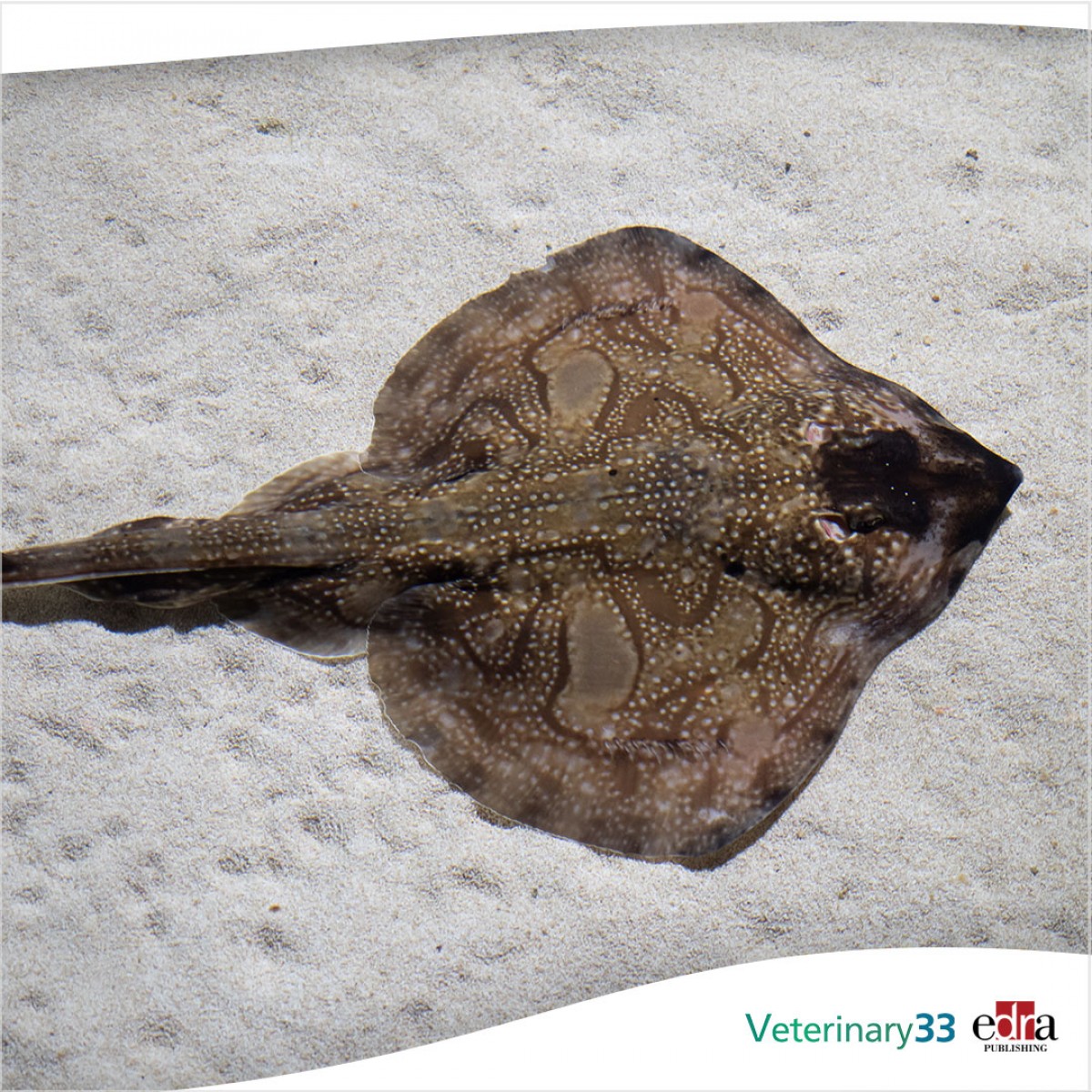Hematology, plasma biochemistry reference values of juvenile undulate rays under human care
Despite the paucity of published literature on elasmobranch hematology and biochemistry, great interspecific diversity has been observed. Researchers analyzed blood samples from 43 undulate rays for hematology and plasma biochemistry.
More specifically, the team analyzed samples from 23 male and 20 female rays hatched and raised at Oceanogràfic Aquarium. The animals were divided into two age groups: one year old (28 skates) and two years old (15 skates). All the rays were clinically healthy on physical examination. Weight, total length, standard length and disc width were recorded.
The research team did not observe any statistically significant differences between male and female juvenile skates for the evaluated morphometric, hematologic and plasma biochemical values. Once reference intervals were determined, blood samples from seven healthy adult skates housed at the same aquarium were collected for comparison.
Researchers then found statistically significant differences in cholesterol, triglycerides, alkaline phosphatase, blood urea nitrogen, chloride and sodium between juvenile and adult skates. This is the first article describing hematological and plasma biochemical reference intervals for this species, increasing the clinical knowledge on elasmobranch blood analytics.
The research team concluded that these data would serve as a valuable diagnostic and research tool for professionals working with undulate rays and closer relatives in aquariums and in the field. Further studies using larger elasmobranch sample sizes are needed to determine reliable species-specific baseline health values and to evaluate the effect of intrinsic and extrinsic parameters on blood analytics more accurately.
Pablo Morón-Elorza, et al. “Hematology and plasma biochemistry reference values of juvenile undulate rays (Raja undulata) under human care.” J Zoo Wildlife Med. 2022 Sep;53(3):504-514. doi: 10.1638/2021-0140.














List
Add
Please enter a comment